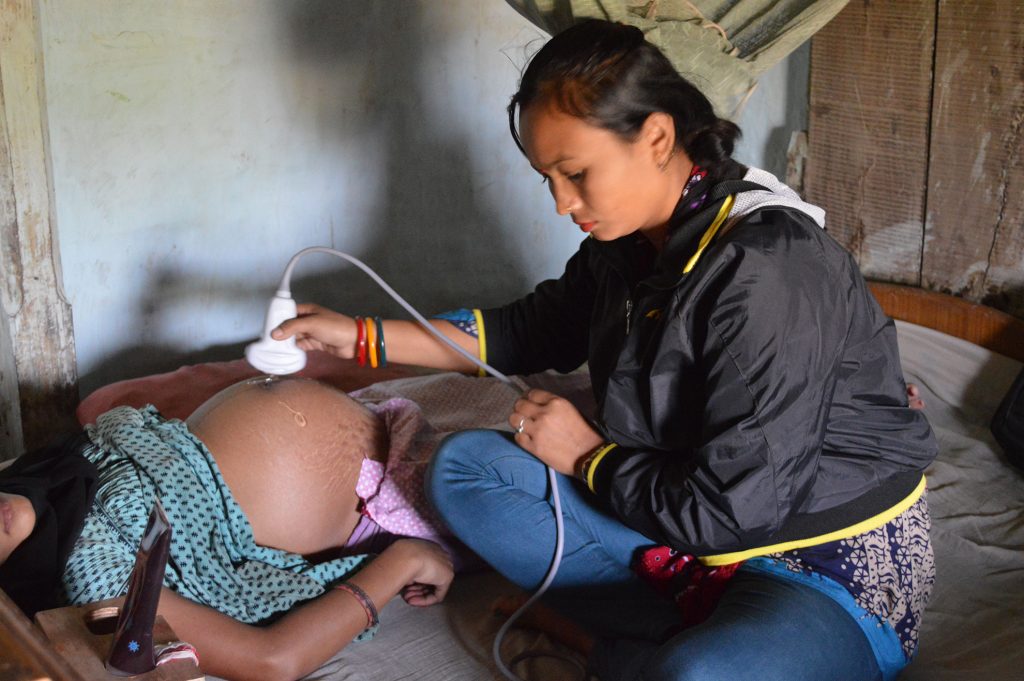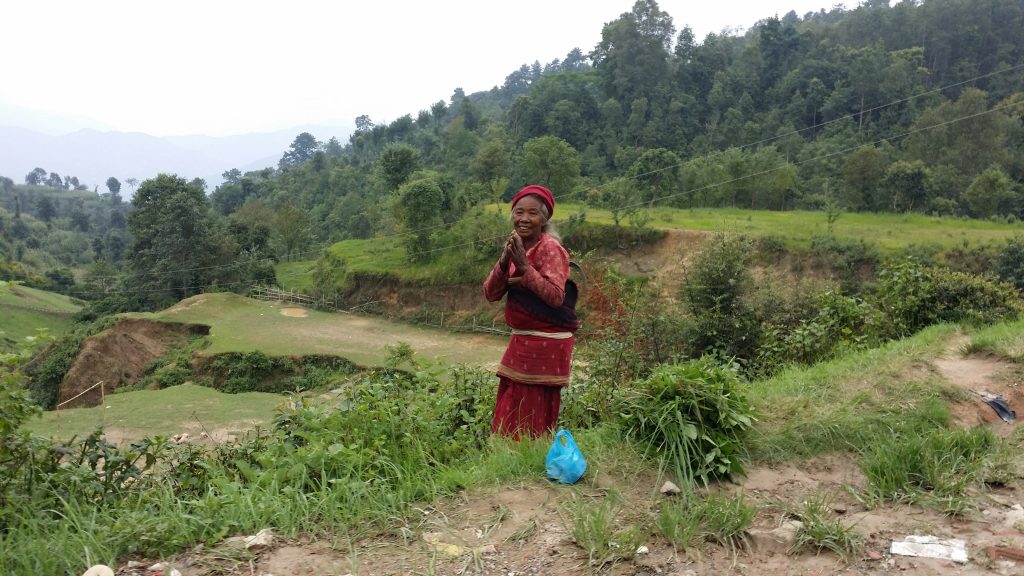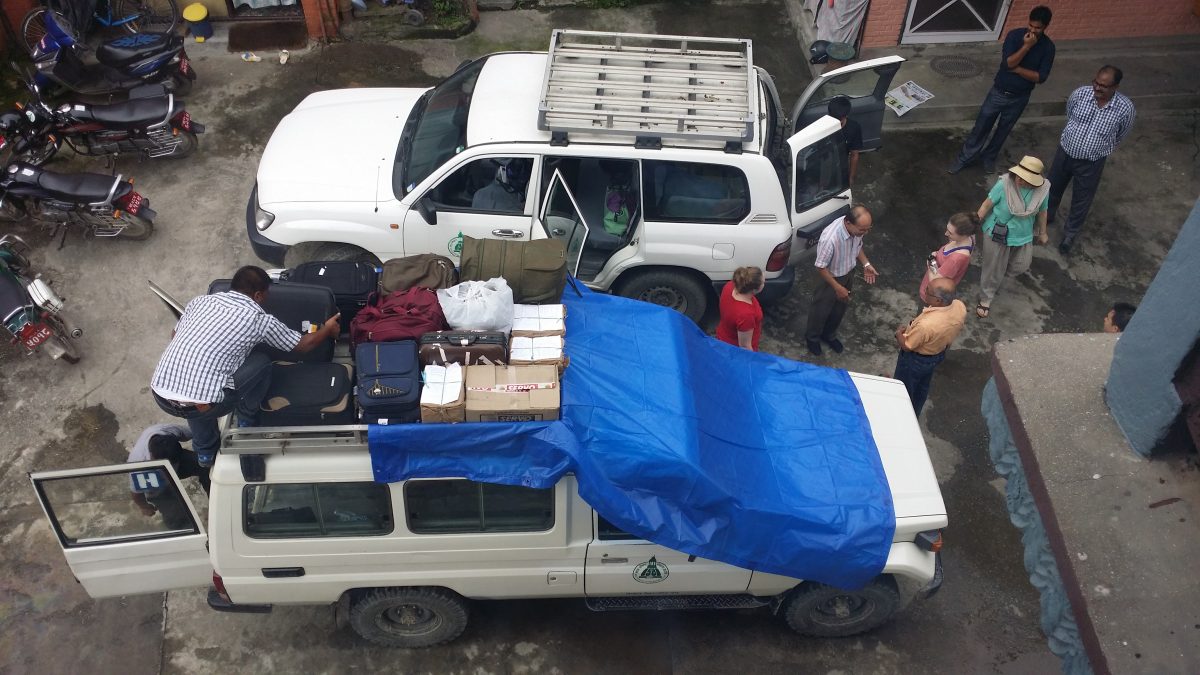Professor and Associate Chair, Department of International Health, John Hopkins University Bloomberg School of Public Health
Community-based portable ultrasound to reduce intrapartum-related fetal and neonatal death.

Prize Amount
$50,000 USD
Location
Sarlahi District, Nepal
Problem
The highest risk of death is in the first few hours of life. 50 million women around the world still deliver at home and even those who deliver in a facility do not necessarily receive high quality care. Intrapartum-related (during labor and delivery) complications are a major cause of neonatal death worldwide. Many risk factors for intrapartum-related deaths require facility-based care. Risk factors such as non-cephalic presentation (e.g. breech births) or multiple births (e.g. twins) require highly skilled health workers and also the option of a cesarean section if labor does not progress properly. In settings where home births are still common, danger signs requiring facility-based care need to be promptly identified, mothers need to be referred and to comply with the referral in a timely manner, and the facility needs to have high quality care to handle the complication(s).
Project Description
There are certain risk factors that can be detected prior to the start of delivery so families can prepare for a facility-based delivery. Many women in low-resource settings give birth without a skilled attendant and therefore risk intrapartum complications and potentially a fresh stillbirth.
This project seeks to assess the feasibility and accuracy of using portable ultrasound during home visits in the third trimester by training community-based health workers and auxiliary nurse midwives (who are high school graduates with 18 months of midwifery training) to detect three risk factors of intrapartum-related neonatal, fetal, and maternal death: non-cephalic presentation (the fetus presenting with a body part other than its head first, e.g. breech), multiple gestation (e.g. twins), and placenta previa (when the placenta is positioned low on the uterus, thus partially or fully covering the cervix, often leading to hemorrhage). These risk factors are expected to be associated with adverse outcomes during the intrapartum period, and are thought to only be identified in a high-level facility setting, due to the need for ultrasound exams for valid diagnosis. With the advent of portable ultrasound and the ensuing reduction in costs, the use of such technology in a community-based or low-level facility setting is possible.
The diagnosis of each health worker will be compared with a gold standard sonographer reading the same sonograms and estimate sensitivity and specificity of each community-based worker as well as inter-observer agreement between workers to measure reliability of their assessments.
Project Novelty
Ultrasound is a long standing and proven technology for diagnosing fetal problems in the hands of well-trained technicians and radiologists. The novelty of this project is to determine if less expensive portable equipment can be used by lower level health workers for accurate diagnosis of a selected set of obstetric conditions; referral, birth preparation, and subsequent care can reduce fetal, neonatal, and maternal mortality risk.
Project Lead
Dr. Joanne Katz is the principal investigator for the project. Her research aims to reduce mortality and morbidity in under-served populations in the United States and abroad. The underlying discipline bases for this research are epidemiology, community randomized trials and biostatistics. Areas of focus include (1) macro and micronutrient deficiencies, (2) neonatal and maternal health, (3) interaction between nutrition and infection, (4) ophthalmic epidemiology and blindness prevention.
Organization
With a vision of protecting health, saving lives – millions at a time, the Johns Hopkins Bloomberg School of Public Health is dedicated to the improvement of health through discovery, dissemination, and translation of knowledge and the education of a diverse global community of research scientists and public health professionals.




